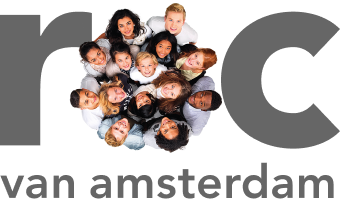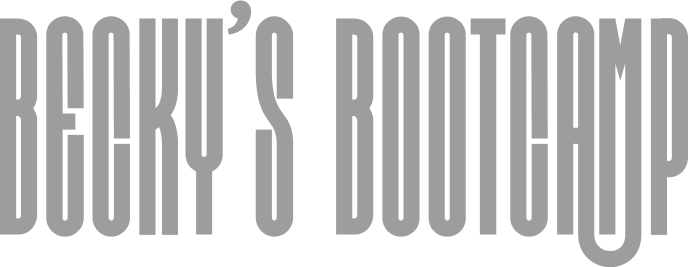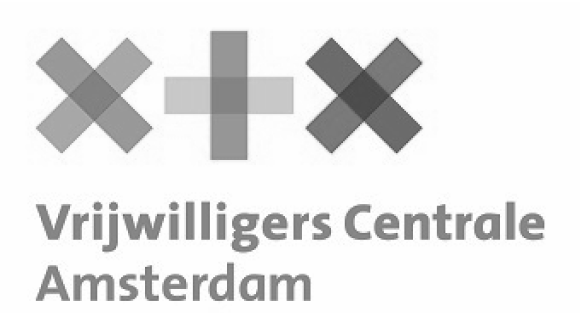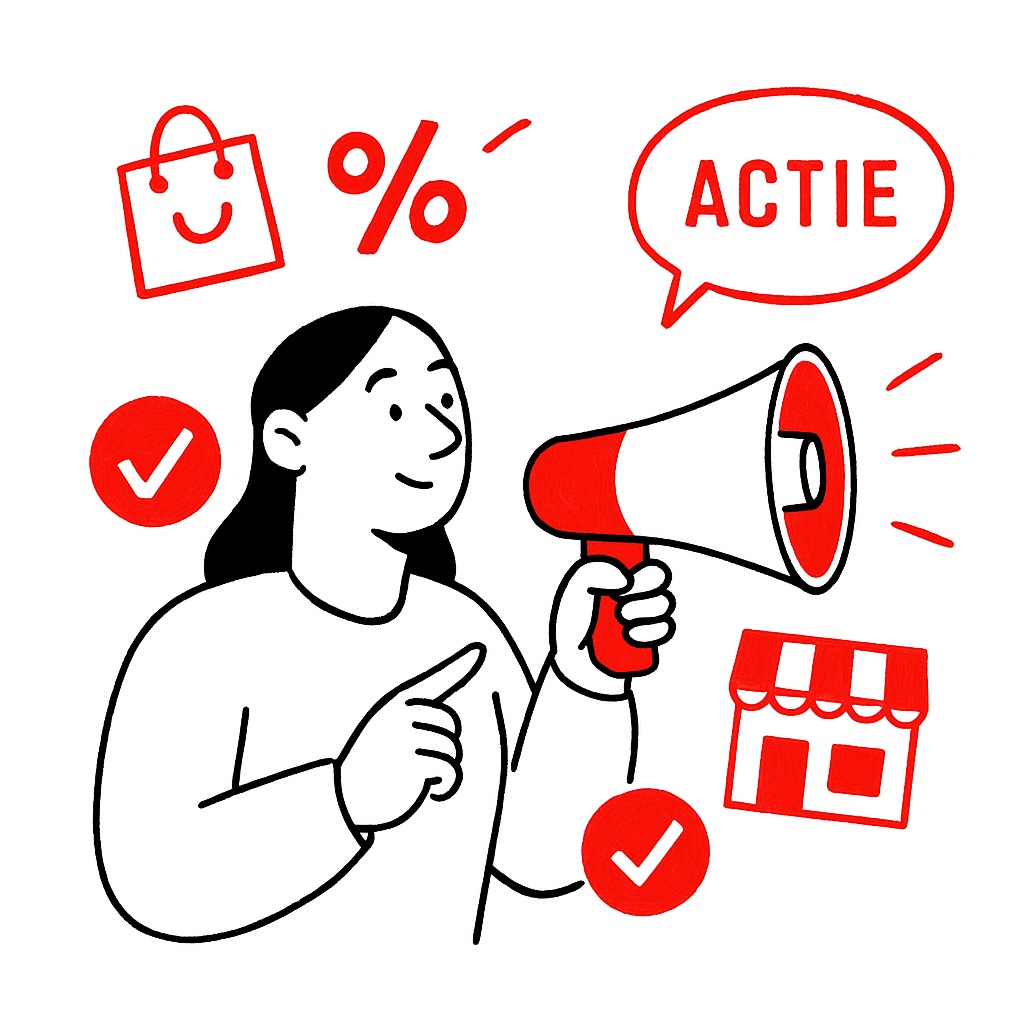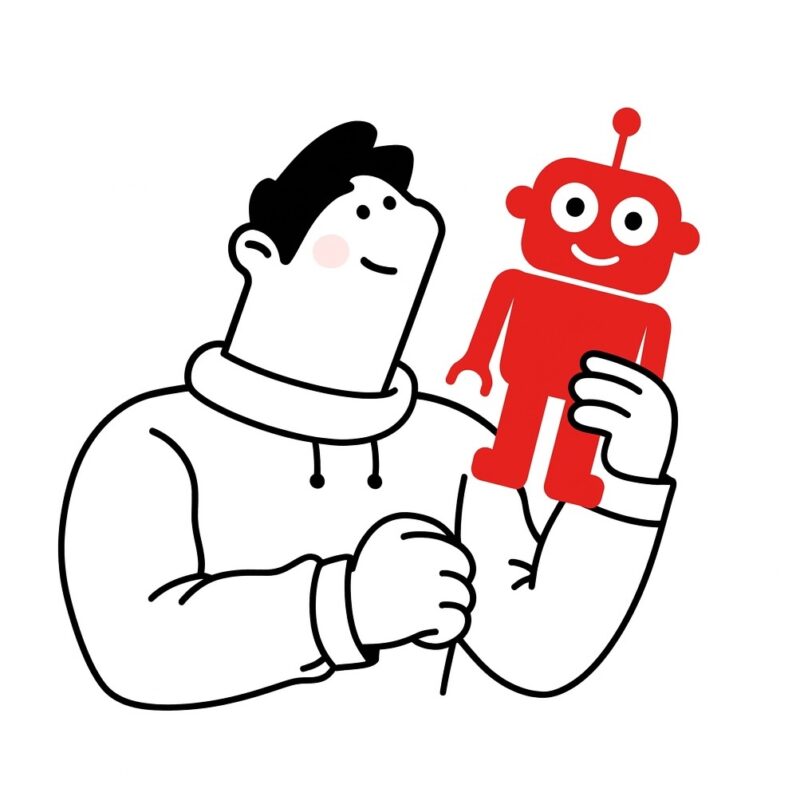UX design: smart interfaces, smooth interactions
About UX design
UX design is all about creating user-friendly, logical and engaging digital experiences. It connects your user’s needs and wants with your business goals. Good UX design increases conversions, engagement and a frictionless digital customer journey – from first click to conversion.
What is UX design?
UX design (User Experience design) is about designing the overall user experience of a digital environment. Whether it’s a website, app or platform: each component should feel intuitive and enjoyable. A good user experience is also characterized by the findability of information; users must be able to easily find their way within the digital environment. At OMA, we design not just for the eye, but for behavior. With insights from data, psychology and design, we create smart user flows that work.
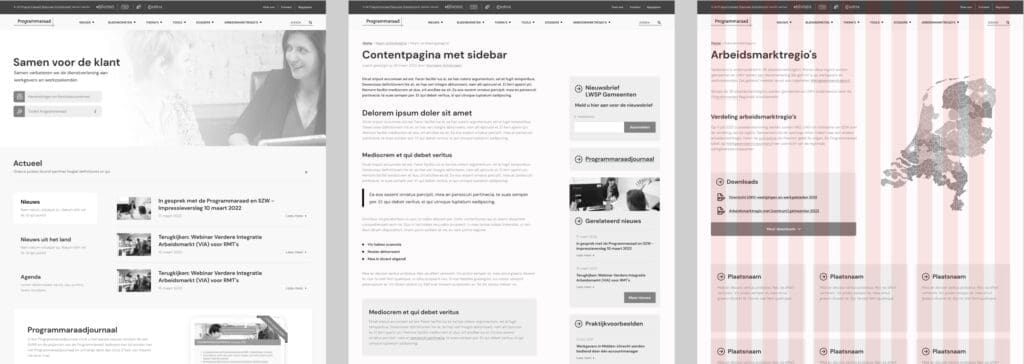
An important part of UX design is the functional design. This document lays out the logic, interactions and structure of your digital environment before it goes into visual design or development. For complex applications such as portals or custom applications, we often create a comprehensive functional design with multiple scenarios, roles and dependencies.

For a conversion-oriented campaign page or lead generator, a compact version with elaborate user flow and wireframes is often sufficient. We always tailor the level of detail to the project goal.
What to expect
- User needs & behavior research
- Wireframes and interactive prototypes
- Conversion-oriented user flows
- User-friendly interface structures
- A/B test proposals and optimizations
- Close coordination with UI and development
Example applications of UX design
- Websites and platforms with complex functionality
- Web design focused on optimal user experience and conversion
- E-commerce checkouts with high conversion pressure
- Care portals and patient environments
- Digital tools or SaaS products
- Mobile-first design for apps or progressive web apps
- Accessibility optimization (accessibility UX).
Our working method
- Research & Analysis – We start with audience research, heatmaps, analytics and customer data.
- Structure & flow – We design wireframes and user flows that are logical and purposeful.
- Prototyping & testing – In interactive prototypes, we test whether the UX really works.
- Feedback & optimization – We collect user insights and continuously improve.
- Design handover – After validation, everything is clearly handed over to development.
What is UX design and why is it important?
UX design is the field that focuses on improving a user’s experience in digital environments. A strong UX ensures that visitors quickly understand what they can do, why and how. It prevents frustration, lowers the barrier to action and increases loyalty. Satisfied users are the result of good UX design. UX design connects technology, psychology and design to make products truly user-friendly. In a time of choice stress, high expectations and digital overload, good UX design makes the difference between dropping out and converting.
UX Design for the right user experience
In today’s digital world, user experience determines whether a product succeeds or fails. From the apps we use every day to the websites where we store online – behind every intuitive interface is a ux designer who has thought carefully about how end users experience the product.
Today, many designers fulfill a combined UX UI role, being responsible for both the user experience and the user interface. This integration of UX and UI is essential for creating digital products that are both functional and visually appealing.
UX design is all about creating products that are not only functional, but also provide an enjoyable and meaningful experience. This discipline has emerged as one of the most sought-after skills in the digital economy, with leading companies investing millions in optimal user experience.
In this complete guide, you’ll discover everything you need to know about user experience design: from the day-to-day tasks of a ux designer to the latest techniques and methods used by professionals. Whether you’re interested in a career change or just want to better understand how digital products are designed – this guide provides all the information you need.

The term was popularized by Don Norman at Apple in the 1990s, who wanted to emphasize that design goes beyond the visual layer. UX design is about understanding user needs, identifying pain points and developing solutions that really work for people.
The field covers several key terms ux and concepts:
- User Interface (UI): The visual layer with which users interact directly
- Information Architecture: The structural design of information systems
- Interaction Design: The design of interactive elements and behaviors
- User Research: Research methods to understand user needs
- Usability: How effectively and satisfactorily users can achieve their goals
- Accessibility: ensuring products are usable by everyone
Successful UX Design Examples
The impact of good ux design becomes clear in concrete examples. The redesign of the ketchup bottle from glass to an upside-down plastic variety arose from user research that showed people had trouble getting the last drops out. This simple insight led to a revolutionary product that can now be found in millions of households.
Digital examples are equally impressive. Airbnb used data-driven testing to optimize their booking flow, resulting in significantly higher conversions. Duolingo transformed language learning through gamification and micro-interactions that make learning accessible and addictive.
What does a UX designer do?
A ux designer combines research, creativity and analytical thinking to optimize every aspect of user interaction with a product. It is a multifaceted role that brings together several disciplines, from psychology to technology.
The main tasks of a ux designer include conducting user research, analyzing competing products, defining user personas and creating wireframes and prototypes. They also write microcopy, conduct usability testing and communicate findings to various stakeholders within an organization.

A typical day may include recruiting participants for interviews, analyzing survey data, sketching wireframes and visualizing and presenting a concept in software such as Figma, conducting usability tests through platforms such as UserTesting.com, and presenting findings to product managers and developers.
Research and Strategy
The ux designer investigates user needs by applying a variety of methods. User interviews provide in-depth insights into motivations and frustrations, while field studies and observations uncover unconscious behaviors. Surveys and questionnaires help quantify trends and preferences.
Data analytics is a crucial part of the research. Platforms such as Google Analytics and Hotjar reveal where users are dropping out, which features are underutilized and where there are opportunities for improvement. These insights are combined with qualitative research to get a complete picture.
Competitive Analysis and Market Research
Comprehensive competitive research helps identify market gaps and differentiators. Market research combines qualitative techniques such as focus groups with quantitative analysis of trends to align the product with broader opportunities.
Personas and User Journeys
Creating data-driven personas and user journey maps visualizes the emotional and practical route users take. These tools help teams develop a shared understanding of who their users are and what they want to achieve.
Strategic planning includes formulating hypotheses about user needs, defining measurable objectives such as KPIs and NPS scores, and prioritizing design opportunities for maximum impact.
Design and Prototyping
The design process often begins with wireframes – schematic, gray designs that focus on structure and information hierarchy without distraction by visual details. These low-fidelity prototypes are used for rapid validation and iteration of concepts.
High-fidelity prototypes, on the other hand, approximate the final product in terms of visual aspects and interactivity. They are useful for convincing stakeholders and conducting realistic usability tests. These prototypes often include the final colors, typography and branding elements.
Interaction Design and Visual Design
Interaction design defines how users interact with interface elements. This includes the design of buttons, forms, transitions and feedback messages that give users confidence and control. A good interaction designer thinks about each micro-interaction and how it contributes to the overall user flow.
Visual design brings together aesthetics and branding. Color use, typography, imagery and use of space create a consistent interface identity that matches the product’s brand values and target audience. A UI designer is responsible for the graphic design of digital products, such as determining colors, shapes and typography, to create an attractive and user-friendly interface.
Popular Design Tools
- Figma: Cloud-based platform for team collaboration
- Sketch: vector-based UI design tool for macOS
- Adobe XD and InVision: For prototyping and transfer
- Axure: For complex, logic-driven prototypes
Testing and Optimization
Usability testing is at the heart of the optimization process. Formative testing during design helps validate concepts, often through a prototype. A prototype is used to validate structure, functionality and user experience before the final product is developed. Summative testing after launch measures actual performance. During usability testing, designers observe how users perform realistic tasks, identifying obstacles and opportunities for improvement.
Remote testing through platforms such as Maze or UserTesting.com extends the reach and allows for rapid collection of feedback from diverse user groups. A/B testing in live environments compares different design variations for their impact on behaviors such as conversion rates or task completion.
Continuous Improvement and Measurable Results
Analytics review uses data from Google Analytics and Hotjar to identify where users are leaving the application and what content is actually producing results. Teams iterate the design based on this test data, prioritizing improvements with the greatest impact.
Examples of measurable results are reducing task completion time by 25%, increasing conversion rates by 10%, or improving app store ratings from 3.5 to 4.7 stars after a redesign.
The Difference Between UX and UI Design
UX and UI design are related but fundamentally different disciplines that are often confused. Understanding this distinction is crucial for anyone working in the digital world.

UX Design involves the entire user journey – from research and strategy to structure and flows. A ux designer focuses on solving the right problems and ensuring satisfaction and usability. It’s about the “why” and “what” of a product.
UI Design, on the other hand, focuses on visual appearance and interface elements. An onion designer works on visual hierarchy, layout, colors and typography. Onion design is about the “how” a product looks and feels.
The difference with a graphic designer is that a graphic designer focuses mainly on visual communication, branding and designing, for example, corporate identities and infographics, while a UI designer specializes in digital interfaces.
Practical Differences
| Aspect | UX Design | UI Design |
|---|---|---|
| Focus | User journey, structure, workflows | Visual design, layout, look and feel |
| Deliverables | Wireframes, prototypes, personas, user journeys | High-fidelity mockups, style guides, icons |
| Methods | User research, testing, analytics, workshops | Visual design, branding, interactive states |
| Objectives | Usability, satisfaction, efficiency | Aesthetics, emotional involvement |
A good analogy is building a house: UX is the architectural plan and usability of the spaces, while UI is the paint, interior and furnishings. Both are essential to a successful end result.
A product with excellent UI but poor UX can look great but frustrate users with confusing navigation. Conversely, a product with strong UX but weak UI can be effective but uninspiring to use.
The 7 Principles of Effective UX Design
Effective ux design is based on seven fundamental principles that guide every design decision. These principles help designers create consistent, user-friendly interfaces that really work for end users.
1. User-Centricity.
The first and most important principle requires a deep understanding of user needs, pain points and motivations through extensive research. Design solutions must solve real problems, not confirm designers’ assumptions.
The redesign of the ketchup bottle illustrates this perfectly – following direct complaints from users about usability, the design was completely revised based on actual user experience.
2. Consistency (Consistency).
Interface elements and interactions should be uniform through different parts of the product. This reduces cognitive load, supports users in learning the system and promotes trust. For example, payment buttons should be in the same place on all relevant pages with the same design.
3. Hierarchy.
Visual hierarchy directs users’ attention by highlighting important actions and information through size, color, layout and typography. Good hierarchy simplifies understanding and helps users determine the correct order of actions.
4. Context
Design should reflect the context of the user – physical, social, device and situational. For example, mobile apps should provide concise options for on-the-go use, while desktop applications can benefit from more extensive functionality.
5. User Control.
Users should have the ability to easily undo actions, fix errors and make their own choices. Features such as “undo,” “back,” and “edit” support users’ confidence and put them in control of their experience.
6. Accessibility (Accessibility).
Design must ensure inclusivity for users with different capabilities. This means compatibility with screen readers, keyboard navigation and adequate color contrast. Accessibility is not only ethical, but often a legal requirement.
7. Usability.
Products should be easy to learn, use and master for all intended audiences. Usability can be measured by task completion time and error rates, and improved by iterative testing with real users.
UX Design Specializations and Areas of Expertise.
The profession of ux design has evolved into a rich discipline with various specializations. UX design often collaborates with related fields such as digital marketing to improve business outcomes. Professionals can focus on specific aspects of the design process depending on their interests and skills.

UX Research
UX researchers specialize in uncovering user needs and behaviors through qualitative and quantitative research methods. They create personas, scenarios and research-based product requirements. This specialization requires strong analytical skills and empathy for users.
Wireframing and Information Architecture
Wireframers focus on translating requirements into sketchy layouts that communicate structure and functionality. Information architecture specialists organize content and navigation into logical, understandable systems that help users find what they need efficiently.
UX Writing
UX writers specialize in interface text, microcopy, error messages and onboarding instructions. Their work ensures that communications are clear, concise and supportive. Well-chosen words can prevent user errors and increase overall satisfaction.
Interaction Design
Interaction designers optimize how users interact with components, focusing on feedback, status changes and transitions. They make sure the user flow feels intuitive and efficient, with every interaction contributing to a seamless user experience.
Usability Testing
Usability specialists plan and execute tests, analyze findings and foster a culture of continuous improvement. They master various testing methods and can translate complex user behavior into actionable insights for the design team.
Conversion optimization (CRO)
Conversion optimization experts systematically analyze, formulate hypotheses and test changes to increase key indicators such as sign-ups and purchases. This role often transcends the boundaries between marketing, design and data analysis.
Related Disciplines: CX, ID and IA
UX design does not exist in isolation, but is part of a broader ecosystem of disciplines that focus on human-centered design and experiences.
Customer Experience (CX)
Customer Experience is broader than UX and encompasses all brand touch points, including marketing, sales, customer support and product usage. While ux design focuses on the product or service itself, CX looks at the entire relationship between customer and company.
Interaction Design (ID).
Interaction design focuses specifically on the design of interactions between user and product. It is part of UX design, but focuses on moment-to-moment dynamics rather than the entire user journey. Interaction designers often work closely with visual designers and developers.
Information Architecture (IA)
Information architecture organizes content, functionality and navigation into logical systems. This discipline draws from library science, cognitive psychology and design. IA specialists ensure that complex information systems remain understandable and navigable.
These disciplines overlap considerably. Large teams often work with specialists in each area, while smaller teams often share these responsibilities among team members.
Why UX Design is critical to business success
Investing in ux design delivers measurable business results that go far beyond just happier users. Leading companies have discovered that good design is a powerful differentiator in competitive markets.

Direct Impact on Conversion and Sales
Research from Forrester shows that a well-designed user interface can increase conversion rates by as much as 200%, while excellent ux design can improve conversions by up to 400%. These numbers translate directly to more customers satisfied and higher sales.
A concrete example is Expedia, which increased its annual profits by $12 million simply by removing one confusing field from their booking form. Dropbox attributes much of its viral growth to a streamlined onboarding experience that prompts new users to take valuable actions quickly.
Customer Satisfaction and Loyalty
Positive user experiences lead to higher NPS scores, loyalty and word of mouth. Research shows that 84% of consumers consider the experience a company provides as important as the products or services themselves. This means that investing in user experience directly contributes to customer retention.
Cost Reduction and Efficiency
Fixing problems in the design phase is up to 100 times cheaper than fixes after launch. Investing ahead in ux design reduces the load on customer support teams, reduces bug reports and prevents negative reviews that can damage reputation.
Competitive Advantage
In crowded markets, user experience is often the deciding factor. Apple’s success in the smartphone market is largely based on superior user experience design, despite similar technical specifications from competitors. Products that “feel good” win out over those that only function.
Quantitative Evidence
McKinsey reports show that companies high in design (including UX) grow in revenue and shareholder returns nearly twice as fast as industry norms. The Design Management Institute found that design-oriented companies outperformed the S&P 500 by 228% over a 10-year period.
UX Design process: from research to implementation
The ux design process follows a systematic approach that combines research, creativity and validation. This methodology ensures that final products actually align with user needs and business objectives.
1. Research phase (Research).
The research phase lays the foundation for all subsequent steps. Here, teams identify user needs through context research, competitive analysis and primary interviews. Analytics review reveals where current solutions fall short.
Key deliverables: personas, journey maps, research reports and user needs hypotheses. This phase typically takes 20-30% of project time and is the basis for all design decisions.
2. Ideation phase (Ideation).
Multidisciplinary teams brainstorm and generate solutions based on research insights. Methods such as design sprints, workshops and sketching sessions help explore different directions before committing to specific concepts.
Key deliverables: concept sketches, mind maps and prioritized idea lists. This phase takes 10-15% of the time but is crucial for creative breakthroughs.
3. Design phase (Design).
Wireframing begins with structural planning, followed by prototyping testable concepts. Teams iterate based on internal feedback and stakeholder input. High-fidelity prototypes are developed for realistic usability testing.
Key deliverables: Annotated wireframes, interactive prototypes and design specifications. This phase covers 30-40% of the project and produces the most visible results.
4. Development phase (Development).
Design transfer to developers requires clear specifications and continuous collaboration. UX designers validate implementation in staging environments and resolve ambiguities during construction.
Key deliverables: design handoff documents, implementation guidelines and QA feedback. This phase takes 15-20% of the time and requires close collaboration.
5. Optimization phase.
After launch, teams collect data through analytics and user feedback. Usability testing and A/B testing identify improvement opportunities. This is a continuous process that spans the product life cycle.
Key deliverables: test reports, improvement recommendations and optimized designs. This phase takes 10-15% of the initial time but continues throughout the product life cycle.
Success Factors
Effective ux design projects keep users engaged with early and regular feedback, work closely with developers, and ensure that design decisions align with both user and business goals. Teams that apply these principles consistently deliver better results than those that focus only on the visual aspect.
UX design has evolved from a nice-to-have to a strategic necessity for any company developing digital products. Whether you’re an aspiring designer looking to make the leap into this multifaceted profession, or a professional looking to better understand how modern software is developed – the principles and methods in this guide provide a solid foundation.
The digital world needs more professionals who understand user needs and can translate them into intuitive, accessible interfaces. With the right training, you’ll gain access to a career where technology and creativity come together to create products that improve the lives of millions.
Start your ux design journey today by experimenting with the latest techniques, gathering feedback from real users and most importantly, by continuing to learn from the people you are designing for.
UX Design Training: how to become a UX Designer.
UX design is a multifaceted field that revolves around designing user-friendly, intuitive products and services. As a ux designer, you are responsible for researching, designing and testing digital interfaces so that users achieve their goals effortlessly. Whether you’re designing websites, apps or other digital products, it’s all about creating an optimal user experience. But how do you actually become a ux designer? Below you can read all about the different training paths, required skills and how to develop yourself into a professional designer.
Training opportunities and courses
There are numerous ways to specialize as a ux designer. You can choose a full bachelor’s or master’s degree in interaction design, user experience design or graphic design at universities and colleges. There are also many shorter training programs and courses available, both classroom and online. Consider platforms like Coursera, Udemy and LinkedIn Learning, where you can learn the latest techniques and design strategies at your own pace. There are also regular workshops, bootcamps and conferences where you can gain hands-on experience and learn directly from professionals. That way, as a budding designer, you can quickly find the direction that best suits your ambitions.
Key skills and certifications
A successful ux designer possesses a wide range of skills. You must not only be able to design creatively, but also be able to think analytically and collaborate well. Important skills include conducting user research, creating wireframes and prototypes, and applying ux design principles in your work. It is also important that you become familiar with tools such as Figma, Sketch and Adobe XD, which allow you to design and prototype quickly and efficiently. There are several certification programs, such as the Certified UX Designer program from the Nielsen Norman Group, which will allow you to officially demonstrate your knowledge and expertise. This will increase your chances on the job market and demonstrate your mastery of the latest techniques.
Practical experience and portfolio building
For ux designers, practical experience is indispensable. Employers and clients want to see what you can do, so a strong portfolio is essential. You build this by participating in real ux design projects, for example during your education, through internships or as a freelancer. You can also participate in hackathons, design challenges or open source projects to further develop your skills. In your portfolio, you show not only the end result, but also your process: from research and wireframes to prototypes and the final interface. This is how you demonstrate your ability as a designer to solve complex problems and design products that really make a difference for the end user.
UX Design Expert: The Role of the Specialist
A UX Design Expert is a specialist fully dedicated to creating optimal user experiences for digital products and services. These professionals combine in-depth knowledge of ux design principles with a keen eye for detail and master the latest techniques in user interface design, interaction design and visual design. Because of their experience, they know exactly how to translate complex issues into user-friendly, attractive and effective solutions.
When do you engage a UX expert?
Engaging a UX Design Expert is especially valuable in situations where you are striving to create an optimal user experience for your product. For example, when you want to develop a new digital product and lay a strong foundation for usability and conversion from the beginning. An expert can also make a difference when improving existing products by identifying and fixing bottlenecks in the user experience. In addition, a UX specialist is indispensable in projects where specialized knowledge is needed, such as designing complex interfaces, conducting in-depth user research or setting up a design strategy that aligns with your business goals. Finally, a UX expert can help you build a strong portfolio of successful projects and case studies so that your organization stands out in the market and offers customers an optimal user experience.



